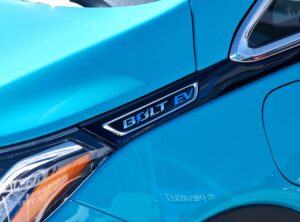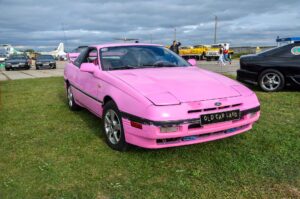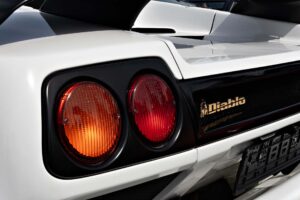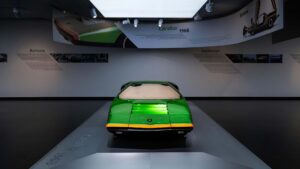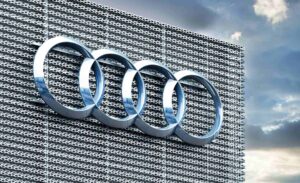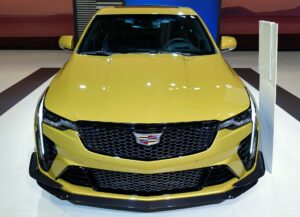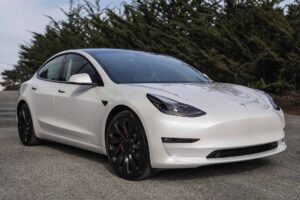Ever watched the fuel gauge drop so fast you wondered if your car was actively drinking gas straight from the tank? While fuel economy might not be the flashiest topic in the automotive world, it’s something every driver feels. Well, it’s time we talk about the worst fuel-economy car. Let’s see which four-wheelers fare worst in this aspect and how manufacturers adapted to the global pressures to go greener.
What Makes a Car Have Bad Fuel Economy?
When you think about cars with terrible fuel economy, the first things that probably come to mind are big engines, bulky designs, and maybe a hint of old-school technology. And you’d be right – those are some of the main culprits. But let’s break it down a bit more to see why some cars seem to guzzle gas like there’s no tomorrow.
1. Large Engine Sizes and Performance Priorities
Bigger isn’t always better unless we’re talking about raw power. Cars with large engines, like V8s or V12s, are designed to deliver jaw-dropping performance. The problem? All that power requires a massive amount of fuel. High-performance cars and trucks prioritize speed, towing capacity, or off-road capability, and fuel efficiency takes a back seat.
For instance, sports cars like the Bugatti Chiron are engineering marvels, capable of going from zero to 60 mph in under three seconds. But there’s a price to pay – at just 9 mpg in the city, they burn through fuel faster than you can enjoy the ride.
2. Weight and Aerodynamics of the Vehicle
A car’s weight plays a huge role in how much energy it takes to move it forward. Heavy vehicles, such as large SUVs or pickup trucks, require more fuel just to get moving. Add poor aerodynamics, like boxy designs that don’t slice through the air efficiently, and you’ve got a recipe for bad fuel economy.
Take the Hummer H1, for example. It’s basically a tank on wheels, weighing over 7,000 pounds. With a shape that prioritizes ruggedness over aerodynamics, it struggles to squeeze out even 10 mpg.
3. Outdated or Inefficient Technology
Modern cars are loaded with advanced tech to optimize fuel efficiency, but older or less sophisticated models don’t have that luxury. Carbureted engines, outdated fuel injection systems, and a lack of features like start-stop systems can all contribute to poor gas mileage.
Even some older luxury cars fall into this category. They may have been cutting-edge in their day, but without today’s advancements, like hybrid systems or lightweight materials, they just can’t compete when it comes to fuel economy.
Worst Fuel-Economy Car? Let’s See the Worst Offenders in History
Not all cars are built with efficiency in mind. Some are designed to prioritize power, performance, or pure luxury, and in doing so, they become the worst offenders when it comes to fuel consumption. So, what car has the worst fuel economy? Let’s dive into the vehicles that have earned their spot at the top (or bottom?) of the fuel economy charts.
The V8 Monsters: Fun to Drive, Painful to Refuel
Big engines and bold designs are often the hallmarks of cars that prioritize performance over efficiency. Take the Hummer H1, for example. It’s an iconic vehicle that feels more at home on a battlefield than in a suburban driveway. Weighing over 7,000 pounds and powered by a thirsty diesel V8, the H1 averages a dismal 10 mpg at best. You can almost hear the gas pump crying.
Another infamous gas-guzzler is the Dodge Ram SRT-10, a truck that’s essentially a Viper on steroids. With an 8.3L V10 engine, it boasts an impressive 500 horsepower but delivers only 8-10 mpg. It’s the kind of vehicle you buy if you want to make a statement – just don’t expect it to win any eco-friendly awards.
Sports Cars That Burn More Than Just Rubber
When it comes to sports cars, speed and efficiency rarely go hand in hand. The Bugatti Veyron, for instance, is a marvel of engineering with a quad-turbocharged W16 engine capable of hitting speeds over 250 mph. But all that power comes at a cost: the Veyron guzzles gas at a staggering 10 mpg in the city.
Similarly, the Lamborghini Aventador is a dream car for many enthusiasts, but its 6.5L V12 engine offers just 9 mpg in the city. While it’s exhilarating to drive, owning one means spending more time at the pump than you’d probably like.
Big SUVs and Trucks That Love Gas Too Much
Large SUVs and trucks are notorious for poor fuel economy, thanks to their hefty frames and powerful engines. The Cadillac Escalade, for example, combines luxury with size, but its massive V8 engine delivers only around 14 mpg in the city.
Then there’s the Ford Excursion, a behemoth of a vehicle that’s essentially a rolling house. With its 6.8L V10 engine, the Excursion barely manages 10 mpg, making it one of the least efficient SUVs ever produced.
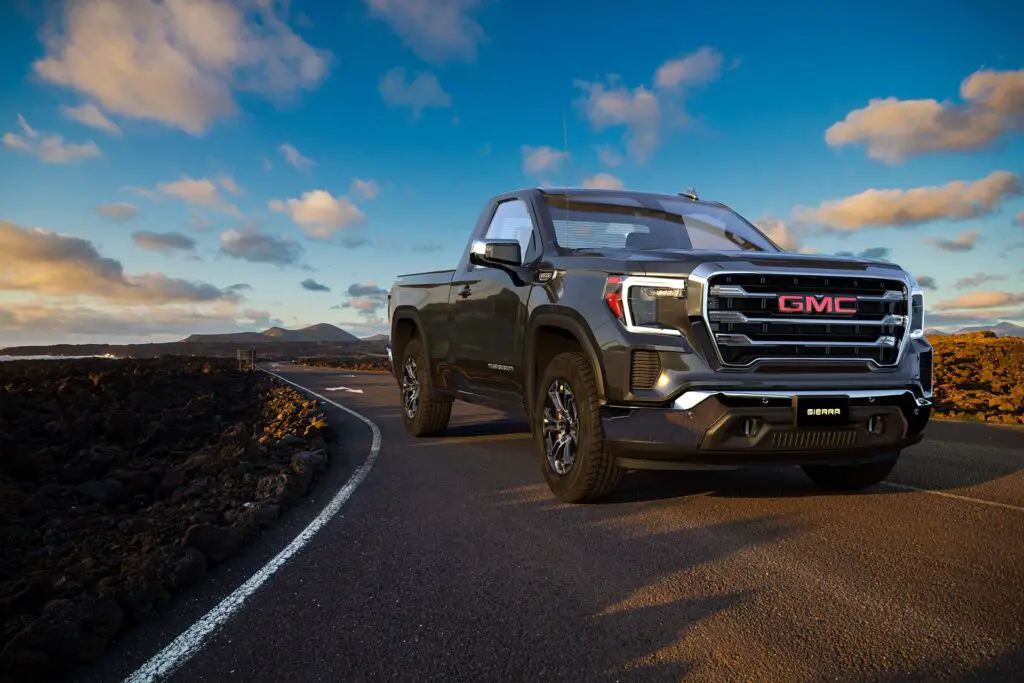
How Does It Feel to Drive a Gas-Guzzler?
Driving a gas-guzzler is a mixed bag of emotions – equal parts thrill and frustration. If you’ve ever had the chance to get behind the wheel of one, you know what I mean.
The Thrill of Driving These Cars
Let’s be honest: driving a gas-guzzler can be ridiculously fun. Whether it’s the roar of a V8 engine under the hood or the sheer power that makes merging onto the highway feel like taking off in a jet, there’s an undeniable adrenaline rush. I remember the first time I drove a friend’s Dodge Challenger SRT Hellcat. The way it growled as I hit the accelerator was pure bliss, and for a moment, I didn’t care about fuel economy at all. The world was just me, the road, and that glorious sound.
The Downside: Watching the Fuel Gauge Drop Rapidly
But then, reality hits hard. With every mile, the fuel gauge seems to drop faster than a stone in water. On that same Hellcat joyride, I watched in disbelief as half a tank disappeared in what felt like minutes. It’s a strange feeling, knowing that while you’re having the time of your life, your wallet is quietly weeping.
Road trips in a gas-guzzler? Forget about it. Instead of focusing on the journey, you find yourself constantly calculating the next gas stop. That’s no exaggeration – I once rode shotgun on a trip in an old Cadillac Escalade, and we had to pull over so often that it became a running joke.
Embarrassing Moments: Multiple Stops on Road Trips
One of the worst parts is explaining to passengers why you need to stop for gas again. Imagine this: you’re trying to impress someone with your awesome car, but instead of enjoying the drive, they’re stuck waiting at yet another gas station. There’s also the not-so-subtle judgment from bystanders as they see you filling up for the second time in a day.Driving a gas-guzzler feels like dating someone who’s high-maintenance. It’s exhilarating and makes you feel on top of the world – until it demands all your attention, time, and money. For some, the thrill is worth it. For others, the constant trips to the gas station are a dealbreaker.
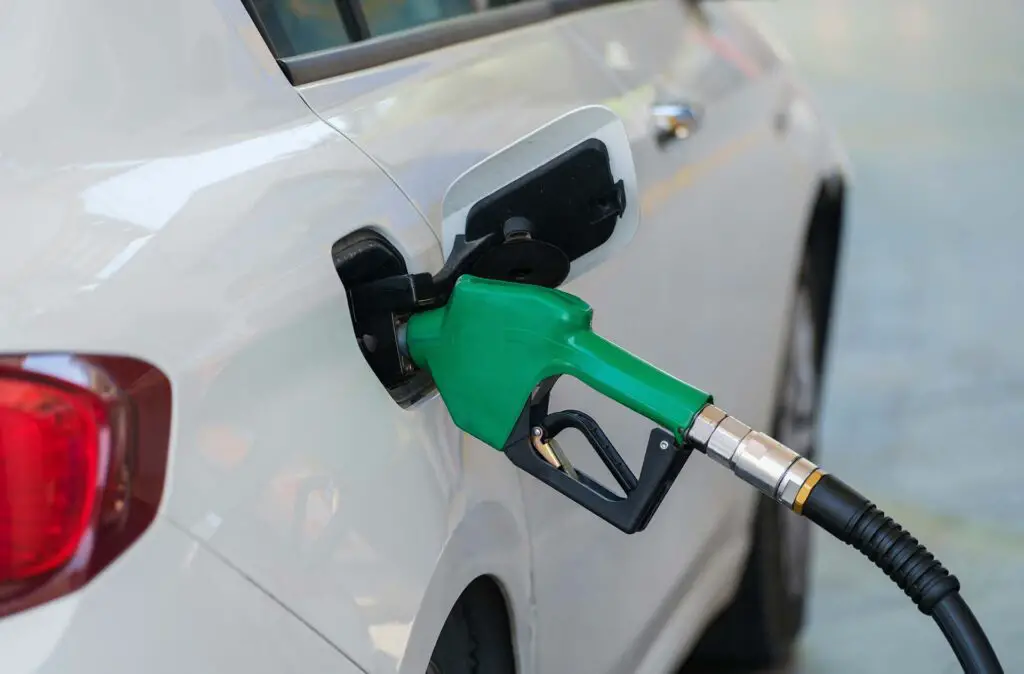
Are Fuel Guzzlers Always Bad?
While a poor fuel economy might seem like a universal drawback, there are situations where it’s a trade-off people are willing to make or even embrace. Some vehicles prioritize function over efficiency, and in those cases, bad fuel economy is a necessary compromise:
- Heavy-duty trucks: For jobs that require serious towing capacity or off-road performance, like hauling equipment or navigating rough terrain, fuel efficiency isn’t the priority. Trucks like the Ford F-250 or Ram 3500 are built for power and durability, not sipping fuel.
- Collector cars: Classic cars often have poor gas mileage, but they’re prized for their history and design. No one buys a 1967 Ford Mustang Fastback to save on gas – they buy it for the nostalgia and the experience of driving a piece of automotive history.
- Track cars: High-performance cars designed for the track, like the McLaren P1 or Porsche 911 GT3, are all about speed and precision. These vehicles aren’t built for efficiency – they’re built to push limits.
The Emotional Side: Nostalgia and Attachment
For many enthusiasts, gas-guzzlers are more than just vehicles – they’re memories, passions, and sources of joy. That old muscle car might remind someone of their first drive with a parent, or a gas-thirsty truck could have been a trusty companion for years of hard work.
These cars evoke emotions that go beyond practicality. For some, the smell of gasoline and the rumble of a powerful engine are worth every penny spent at the pump. While they may not align with today’s eco-friendly trends, they hold a special place in the hearts of those who love them.
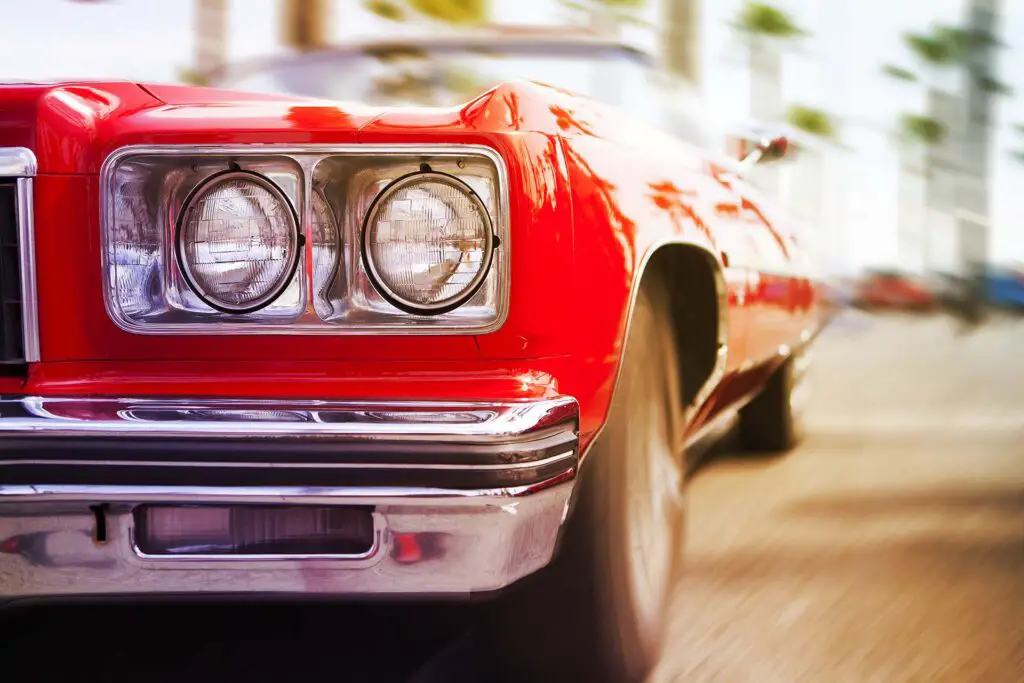
Modern-Day Improvements: Cars That Learned Their Lesson
The automotive world has come a long way from the days of relentless gas-guzzlers. Many manufacturers that were once known for producing fuel-thirsty vehicles have embraced efficiency and sustainability, making significant strides in reducing their environmental impact.
From Guzzlers to Green Machines
Known for its large trucks and SUVs, Ford has made a major pivot toward efficiency with the introduction of hybrid and electric options. The Ford F-150 Lightning, for instance, is an all-electric version of its iconic truck, offering power and capability without excessive fuel consumption.
Once infamous for vehicles like the gas-heavy Suburban, Chevrolet now offers eco-friendlier models like the Chevrolet Bolt EV, a fully electric compact car with impressive range and zero emissions.
Though not a traditional offender or a car with the worst fuel economy, Toyota’s transition to hybrids, like the RAV4 Hybrid, shows how automakers are blending practicality with fuel efficiency in even their popular SUVs.
Replacing Gas-Guzzlers With Hybrids and EVs
The new changes show how automakers are balancing power, style, and sustainability. Some of the worst offenders have seen their successors go green. The Hummer H1, once the poster child for inefficiency, has been reborn as the GMC Hummer EV, an electric powerhouse that’s surprisingly eco-friendly for its size.
Sports car makers like Porsche are joining the shift, introducing models like the Taycan, a fully electric sedan that proves performance doesn’t have to come at the cost of efficiency. Today, drivers can have the thrill of a great car without the guilt at the gas pump.
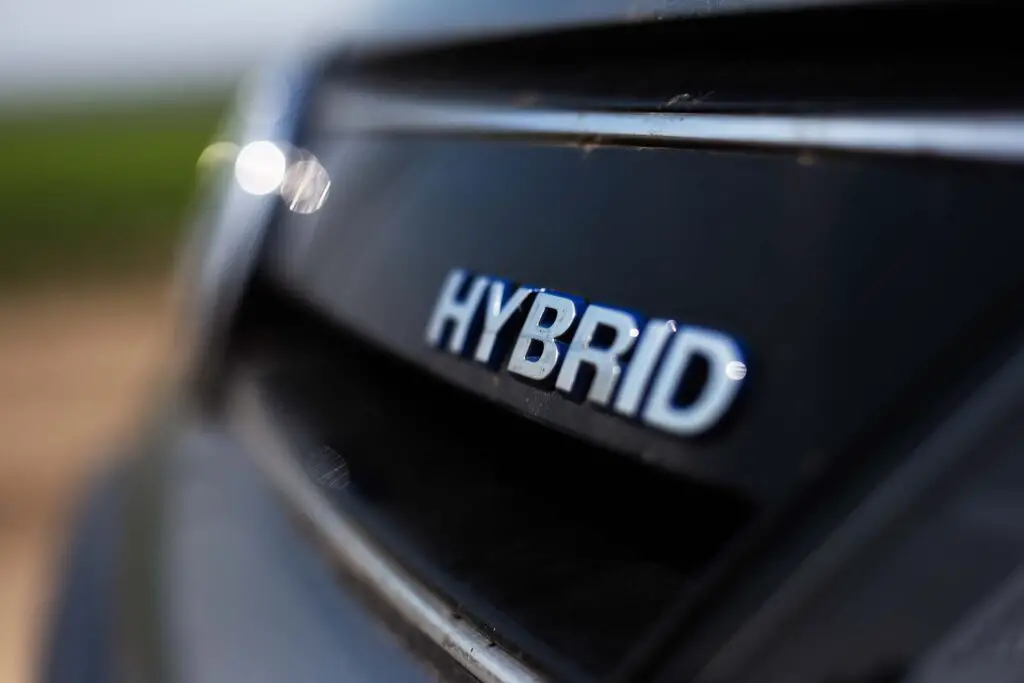
Balancing Thrills and Practicality
Fuel economy plays a critical role in today’s world, impacting not just our wallets but also the environment. While efficiency is more important than ever, it’s hard to deny the charm of a gas-guzzler. For enthusiasts, these vehicles are more than just machines – they’re thrilling, nostalgic, and undeniably fun to drive.Would I own one? Probably. The roar of a powerful engine and the joy of driving something iconic are hard to resist. But let’s be real – my wallet would scream louder than the engine every time I hit the pump.

